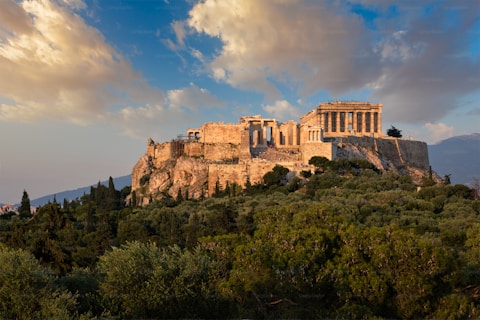How to Plan Your Nafplio Greece Itinerary Perfectly
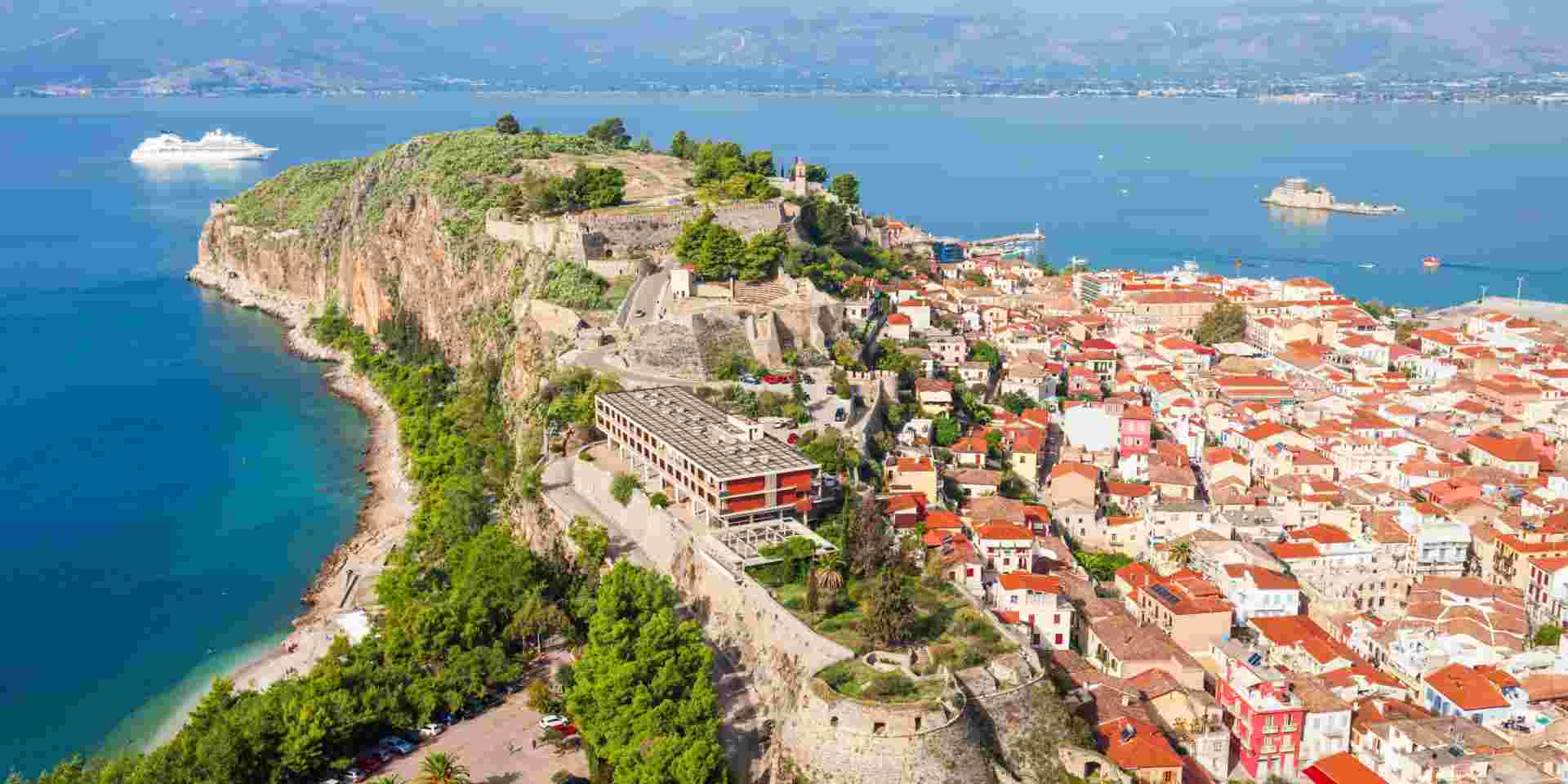
Nafplio is a beautiful coastal city in the Peloponnese region of Greece. It blends old history with new charm. Nafplio used to be the first capital of modern Greece. The city has great buildings and nice streets, which are perfect for walking. You will see wonderful views of the Argolic Gulf. Be prepared to enjoy the beauty and history of this lovely place.

Getting to Know Nafplio Greece
Nafplio is a pretty city by the coast in the Peloponnese region. It was the first capital of Greece, which gives it a unique feel. You can feel this in its Venetian buildings, the historic old town, and the beautiful harbor.
Nafplio is not only about history. It offers a great mix of fun and relaxation. You can relax on sunny beaches, explore ancient ruins, or taste delicious Greek food. Nafplio really has something for every traveler to enjoy.
Brief History of Nafplio Greece
Nafplio is on the eastern coast of the Peloponnese. Its spot has affected its history for many years. People have lived there since ancient times. The city grew strong under Venetian rule in the 13th century. A big Venetian fortress still shapes the city’s skyline today. The Venetians saw how important Nafplio was and built strong walls around it. This has made a lasting mark on the city’s style and design.
In the early 1800s, Nafplio played a key role in the Greek War of Independence. When the Ottoman Empire left, Nafplio became the first capital of the new country in 1829. This was a memorable period for the city. It turned into a hub for politics and culture and attracted many famous thinkers, artists, and leaders.
Today, Nafplio proudly shows its rich history. The Venetian walls, beautiful neoclassical buildings, and cobblestone streets share stories from long ago. They invite visitors to stroll and learn about the history that makes this city so special.
Why Nafplio is a Must-Visit Destination in Greece
Nafplio is a hidden gem in Greece. It mixes history, culture, and natural beauty in a unique way. You can find well-preserved Venetian buildings, the pretty old town, and the beautiful harbor. Each of these highlights some of Greece’s rich history. If you love history, you will like the city’s landmarks. The strong Palamidi Fortress is on a hill and offers great views. It also tells stories of old battles. The Archaeological Museum has many interesting artifacts. Nafplio has amazing natural views. Karathona Beach is close by. It is a long sandy beach with blue water. This makes it a perfect place to relax and enjoy the sea. You can check out ancient ruins, walk through lovely streets, or relax on the nice beaches. Nafplio has something special for every visitor.
The Best Times to Visit Nafplio: Weather and Festivals
Nafplio has a Mediterranean climate. Summers are warm and dry. Winters are mild and wet. The busiest time for tourists is from June to August. During this period, the weather is sunny and warm. The city becomes very crowded with visitors. Outdoor cafes and restaurants are lively and full of activity. However, this time can also be the most crowded and costly.
Spring (April-May) and autumn (September-October) are good times to visit. The weather is pleasant, there are fewer people, and accommodations cost less. You can also appreciate the local beauty with wildflowers blooming everywhere.
For a great cultural experience, plan your trip to Nafplio during one of its lively festivals. The Nafplio Carnival takes place in February or March. It features colorful parades, fancy costumes, and cheerful music. The Summer Music Festival occurs in June and July. It has many musical performances in lovely outdoor spots. Don’t forget to see the weekly street market. There, you can find special souvenirs, fresh local produce, and taste the local culture.
Best Way to Travel Around Nafplio
Nafplio is a city that is fun to explore by walking. The old town is small and easy to walk in. You can stroll along the cobblestone streets and see the Venetian buildings. You can also find little cafes and shops. If you want to go further, there are many ways to get around.
Nafplio has a good local bus that links the city center to nearby beaches, towns, and villages. The buses run often and are cheap, making them a great option for day trips. You can see the bus schedules and routes at the bus station or online. There are also many taxis in Nafplio. Taxis offer a comfy way to travel, especially if you are in a rush or have luggage. You can catch a taxi on the street or find them at specific taxi stands.
If you rent a car, you can see the area at your own speed. Just remember, driving in the city center can be hard due to narrow streets and few parking spots. If you choose to rent a car, it’s best to park outside the historic center and use it for traveling to nearby places.
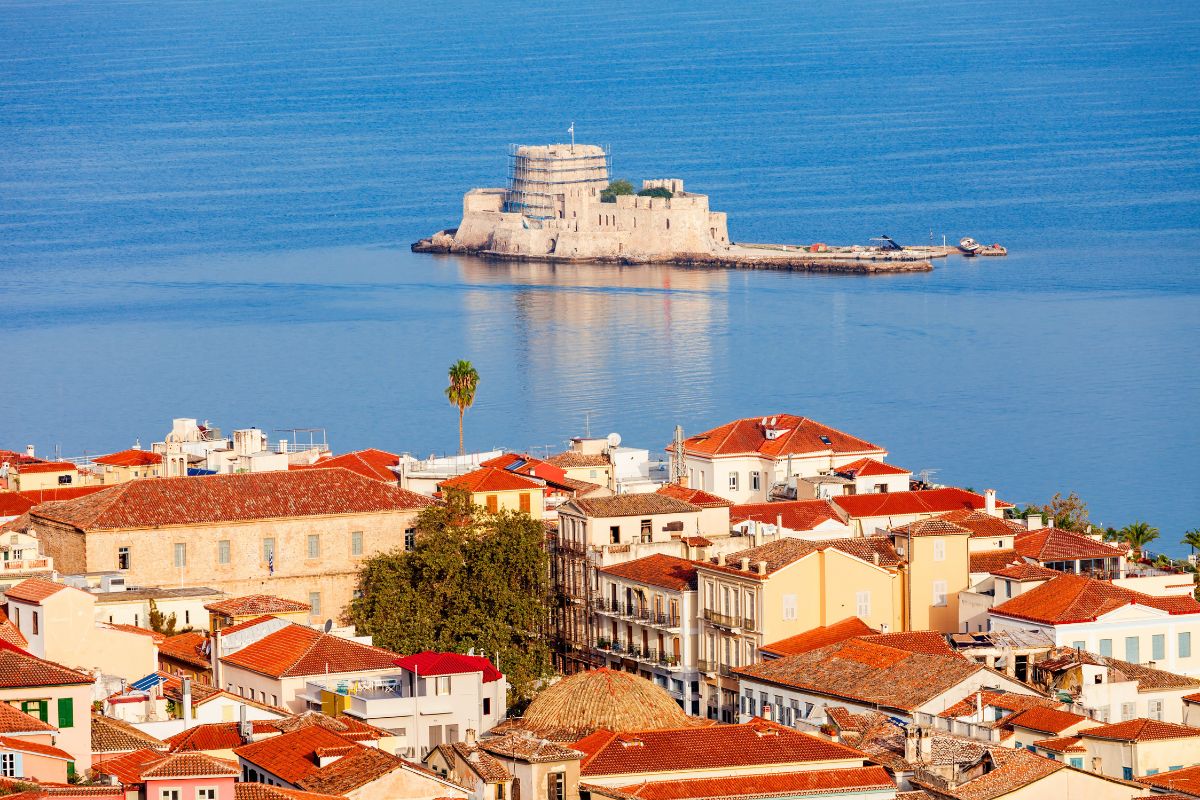
Things to Do and See in Nafplio
Nafplio has a blend of history, culture, and nature. This makes it a wonderful spot for all visitors. As you walk the cute old town, you can feel like you’re in the past. You’ll see Venetian fortresses, lovely mansions, and pleasant squares. If you climb up to Palamidi Fortress, the views are stunning. Enjoy the lively feel of the city as you look at its busy squares and visit local shops. You can taste traditional Greek food in cafes and tavernas. Also, if you love pottery and arts there are lovely pottery workshops for you to enjoy this activity. But on the other hand, if you are more into sea adventures and sports, do not miss out on the sea kayaking experiences.
National Archaeological Museum of Nafplio
The Archaeological Museum of Nafplio is in a large neoclassical building. You should visit it if you care about the area’s history. The museum has many items from the prehistoric time to the Byzantine age. This collection highlights the different cultures that shaped Nafplio and its area.
When you go into the museum, you will see an interesting display of items found at local archaeological sites like Mycenae, Tiryns, and Epidaurus. You can admire old pottery, lovely jewelry, and finely crafted sculptures. Each item tells a story about life in ancient Greece.
The collection helps us see the daily lives, beliefs, and art of the ancient Greeks. The National Archaeological Museum of Nafplio is important. It highlights the city’s major role in Greek history.
Acropolis of Nafplio – Akronafplia
The Acropolis of Nafplio, also known as Akronafplia, sits high on a rocky hill above the city. It is the oldest part of Nafplio. This acropolis dates back to ancient times. It has witnessed many conquerors and several nations. Changes over time have left marks from its rich history.
As you walk up the winding path to the top, you will see remains of forts built by several groups, like the Byzantines, Franks, and Venetians. The views from the top are amazing. You can see the city, the bright blue waters of the Argolic Gulf, and the surrounding mountains.
Today, the Acropolis of Nafplio is still, holding a lot of history. As you walk through its ruins, picture the lives that were lived and the battles that were fought within its ancient walls.
Climb the 999 Steps of Palamidi Castle
Palamidi Castle sits on a high hill, watching over Nafplio. This lovely Venetian fortress is a highlight of the city’s skyline. It was constructed in the early 1700s and is well-known for its great spot and stunning views. Going to the top is not easy, but it clearly is worth the effort. You can reach Palamidi Castle by hiking up the 999 (or 857) steps. These steps go through beautiful pine trees. If you want, you can take a taxi for a smoother ride. As you move up, remember to stop. The views of the city, harbor, and the large Aegean Sea are amazing.
When you get to the top, the views will take your breath away. You can walk along the castle walls, see the well-kept bastions and cannons, and visit the old church. Palamidi Castle is a place you must see in Nafplio. It shows a part of the city’s past and delights everyone with its beauty and amazing views.
Visit Bourtzi Castle
Bourtzi Castle stands tall in Nafplio’s harbor. It rises sharply from a small land. This beautiful Venetian castle was built in the 15th century. Through the years, it has been a fortress, a prison, and even a hotel. To reach Bourtzi Castle, you can take a quick boat ride from the harbor. The ride is beautiful and fun. When you get close, the castle looks amazing next to the blue water. When you get to the small island, take your time walking around the castle. You can look at the walls, visit the old dungeons, and imagine the lives of the people who once lived here in this incredible historic spot.
Want to visit more castles and fortresses in the Peloponnese. Our guide has them all!
Discover the Neoclssical Buildings
One of the best things about Nafplio is the beautiful neoclassical buildings. As you walk through the old town, you will see stunning architecture that tells the rich history of this place. Be sure to visit the Archaeological Museum of Nafplion. A walking tour will help you enjoy the beauty of these buildings more. The mix of old and new styles adds a special vibe to the city.
Museum of Worry Beads
Located in the streets of Nafplio’s old town, the Museum of Worry Beads offers a special cultural experience. This museum has a large collection of worry beads, also called Komboloi, from Greece and other places. When you go inside, you will see thousands of worry beads waiting for you. Every bead tells its own story and has its own style. The collection includes simple wooden beads and fancy silver and amber pieces. It shows different materials and designs. Each bead has its own cultural importance and is part of these interesting objects. The Museum of Worry Beads shows the cultural worth of Komboloi in Greece. It is a fun and unexpected place to visit while you are in Nafplio’s old town.
Go on a Sunset Stroll Along the Promenade
As the sun goes down, it makes a warm light over Nafplio. There is no better way to feel the city’s romance than by taking a slow walk by the water. The path starts at the old town and runs along the edge of the water. You can see the lovely views of the harbor, Bourtzi Castle, and the bright waters of the Argolic Gulf. While you walk, breathe in the fresh sea air. Feel the gentle breeze on your skin and see the sky change to bright colors. This place is perfect for locals and visitors. They come here to relax, chat, and enjoy the magic of a Nafplio sunset. Find a nice bench by the walkway. Enjoy the time as the sun goes down, filling the sky with many pretty colors.

What Can you Do Near Nafplio
Nafplio has a lot to see and do. Its location in the center of the Peloponnese is great for exploring history and nature. You can find many options for day trips from Nafplio. Rent a car to see the old sites of Mycenae, Epidaurus, and Tiryns. You may also want to feel like you’re in a different time at the Sanctuary of Asclepius in Epidaurus. Nafplio’s nice spot and transport options make it a good starting place for your trips in the Peloponnese.
Wine Tastings in Nemea
Nemea is just a short drive from Nafplio. It is one of the oldest and most famous wine regions in Greece. The area has unique soil and a rich history of wine-making that dates back to ancient times. Nemea produces fantastic wines, especially red ones, which are loved by people all over the world.
You can take a wine-tasting trip through the lovely vineyards in Nemea. This is a fall experience in the Peloponnese that you just cannot miss! Visit family-owned wineries to taste different local wines. You will discover the strong flavors of Agiorgitiko, the most well-known grape in Nemea. You can also learn about the traditional winemaking ways that families have used for years.
Many wineries offer tours of their places. You can see how wine goes from grapes to bottles. You can also taste wines and enjoy local foods. Make sure to take home a bottle or two of your favorite Nemean wines. This will help you remember your visit anytime.
Tour the Nemea Archaeological Site
Nemea has a rich history of making wine. It also has an impressive archaeological site from ancient Greece. This site takes you on a fun journey into the past. It shows the area’s important history. When you visit, you will see the old sanctuary for Zeus. This was where the famous Nemean Games took place. These games were part of the four Panhellenic Games in ancient Greece. You can admire the ruins of the Temple of Zeus, an ancient stadium, and the palaestra where athletes trained. Visiting the archaeological site of Nemea is a great experience. You feel transported to the days of ancient athletes, gods, and amazing competitions.
Take a look at the 20 Must Things to do in Greece to get inspired for your next trip!
Visit the Ancient Theater of Epidaurus
A short and beautiful drive from Nafplio will take you to Epidaurus, a UNESCO site, one of the most amazing historical places in Greece. Here, you will find one of the most amazing ancient theaters in the world. The ancient theater of Epidaurus is known for its great sound and lovely views. It shows how skilled the ancient Greeks were in building. Built in the 4th century BC, this theater could hold more than 14,000 people. Many people traveled from all over Greece to see its famous plays. Even today, the sound in the theater is impressive. You can hear a whisper from the stage clearly, even in the last rows. See a show in the summer. The Epidaurus Festival brings old Greek plays to life. A trip to the Ancient Theater of Epidaurus is an exciting part of Greek culture and history.
Visit the Archaeological Site of Mycenae
Venture back to the Bronze Age by visiting the amazing archaeological site of Mycenae. It is near Nafplio. Mycenae was a strong kingdom known from Homer’s famous poems. It is an important place in Greek stories and history. Step into the old city walls. You will find the great Lion Gate and look at the royal tombs. One tomb is the Treasury of Atreus, a stunning beehive-shaped structure. This place lets you learn about the lives and tales of the Mycenaean people.
As you walk around the ruins, let your thoughts drift. Picture the city in its heyday, filled with power, wealth, and culture. Mycenae’s strong history and interesting archaeological discoveries still draw and inspire people from across the globe. If you’re a senior and you are interested in visiting this captivating site, you’re be happy to know that Mycenae is on our Greece for Seniors Guide. Have a look to see which other destinations are great for you too!
Visit the Ancient Tiryns Archaeological Site
Just a short drive from Nafplio is the old city of Tiryns. This place is a UNESCO World Heritage site and a staple in Greek cultural heritage monuments. It shares stories of its rich past. Tiryns was a strong Mycenaean fort known for its large cyclopean walls. These walls were made with big stones. Legend says only giants or Cyclopes could have moved them. When you walk through the gates of Tiryns, it feels like you have traveled back to the Bronze Age. You will see the remains of palaces, temples, and walls everywhere. As you walk around the ruins, you can enjoy the big stonework and imagine life in this strong fortress city.
Visiting the Ancient Tiryns Archaeological Site lets you see how the Mycenaean people lived. You can also admire their incredible building skills. If you enjoy history or are interested in the myths of ancient Greece, you need to see this site.
Visit the Seaside Towns of Porto Heli and Ermioni
Escape to the lovely peninsulas of Porto Heli and Ermioni. They are a short, pretty drive from Nafplio. You will see amazing coastlines, cute villages, and clear blue waters. These beautiful spots are great for relaxing and exploring.
Porto Heli is well-known for its nice resorts and clean beaches. It is a perfect place for people who enjoy yachts. You can stroll along the harbor, where you will see many stylish cafes and shops. If you like, you can also unwind on one of the calm nearby beaches. Ermioni is located at the southern tip of the Argolic Peninsula. It has a lovely harbor town that feels relaxed. You can explore its narrow streets, eat fresh seafood at the waterfront taverns, and discover hidden beaches by the clear water. Furthermore, if you love to hike, in this region you will discover “The Path of Persephone”, an amazing hiking trail in the Peloponnese.
Porto Heli and Ermioni are great places to start exploring the hidden gems of the southern coast of the Argolic Peninsula. If you want a fancy vacation, a romantic getaway, or just a new view, these seaside towns have something special for everyone.
Visit the Mountainous Villages of Vytina and Dimitsana
Probably two of the best mountainous villages in Greece where you can experience real Greek village life, are in the mountains of Arcadia. You will find the beautiful villages of Vytina and Dimitsana there. These villages are set among green forests, flowing rivers, and tall mountains. They offer a peaceful break away from the busy coastal places. Vytina is known for its old stone houses and lovely main square. It is enjoyable to walk around and see the sights. Dimitsana is on a hill with views of the Lousios Gorge. It has a deep history, shown in its well-kept place and traditional water mills. Enjoy the calm feel of these mountain villages. Breathe in the fresh air. Taste the warmth of Greek kindness as you walk through their beautiful streets and discover their hidden treasures.
When you visit Nafplio Greece, enjoy its history and beauty. You can see old sites and taste local foods. Nafplio has a lot for every traveler. Don’t forget to check out well-known spots like Palamidi Castle and Bourtzi Castle. Also, take a nice walk along the beautiful path at sunset. You can visit nearby places like Nemea and Epidaurus to learn more about Greek culture and history. Nafplio is a hidden gem for you to explore. It mixes history, nature, and relaxation very well. Start planning your trip to Nafplio Greece now.
Feeling Ready?
From our blog
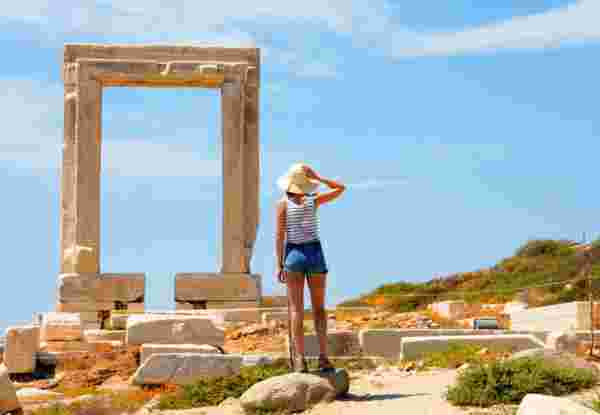
Honeymoon in Naxos: A Complete Guide
READ MORE
Visiting Athens with Kids: A helpful Guide
READ MORE
Paros for Seniors: Tips and Itinerary
READ MORE
Best Resorts in Greece for Families: Your Ultimate 2025 Guide
READ MORE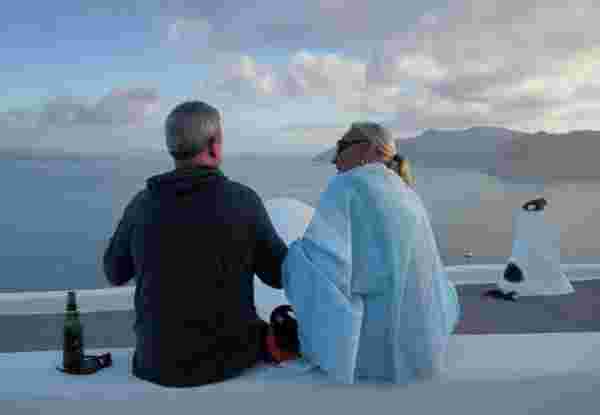
How to Enjoy Santorini for Seniors
READ MORE
Honeymoon in Paros Island
READ MORE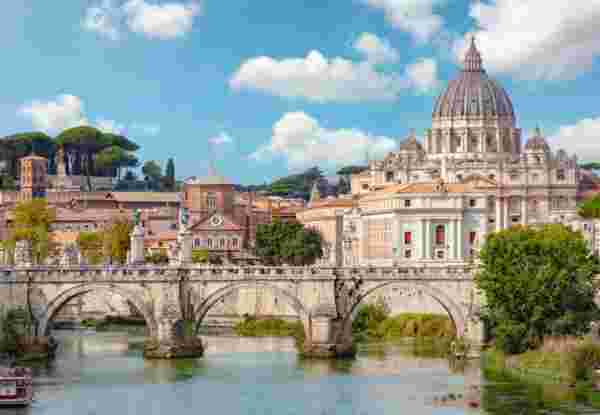
Rome Travel Guide: What to Do, When to go and Where to Go
READ MORE
The Best Greek Islands for Couples, According to a Luxury DMC
READ MORE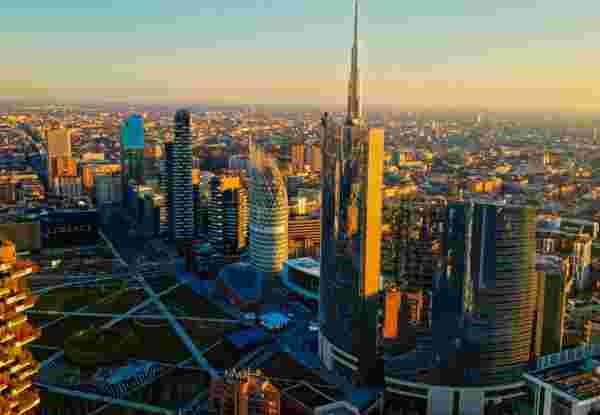
Discover Milan: Top Attractions
READ MORE
